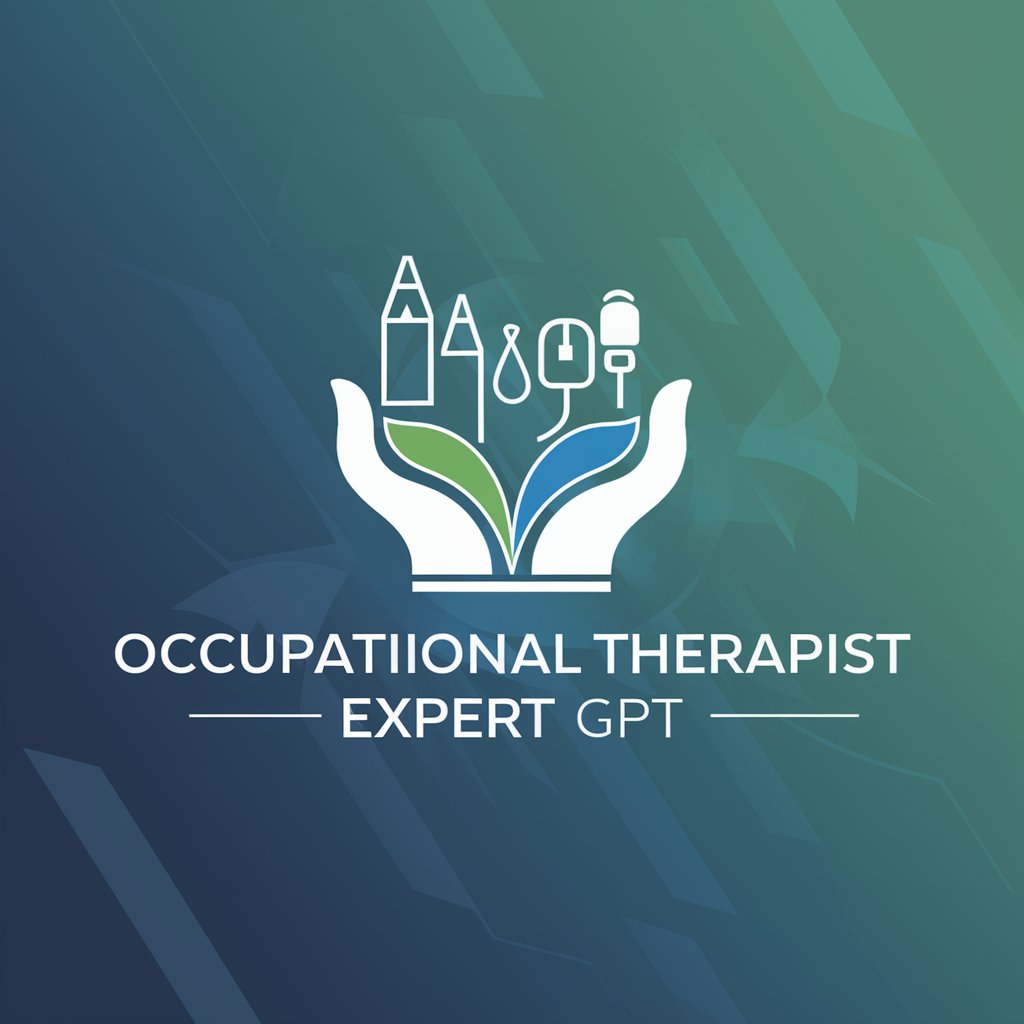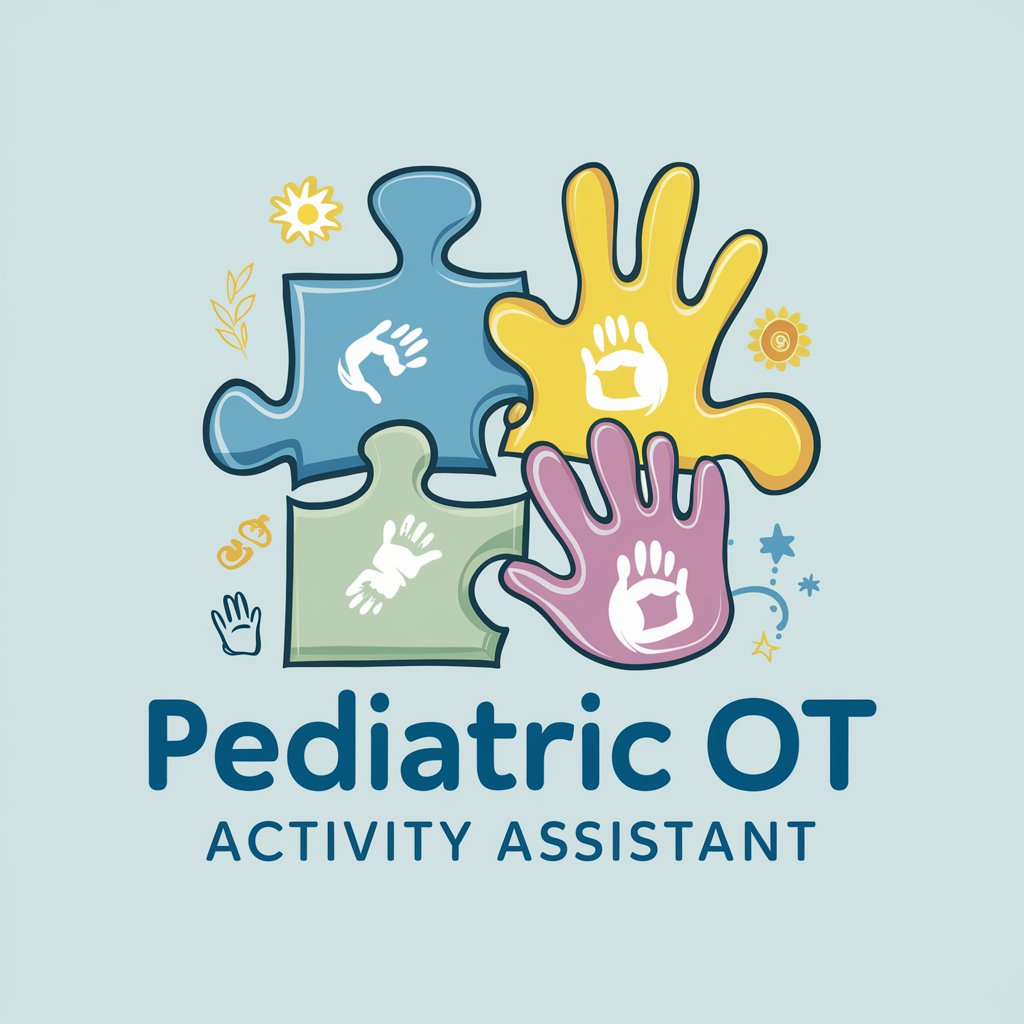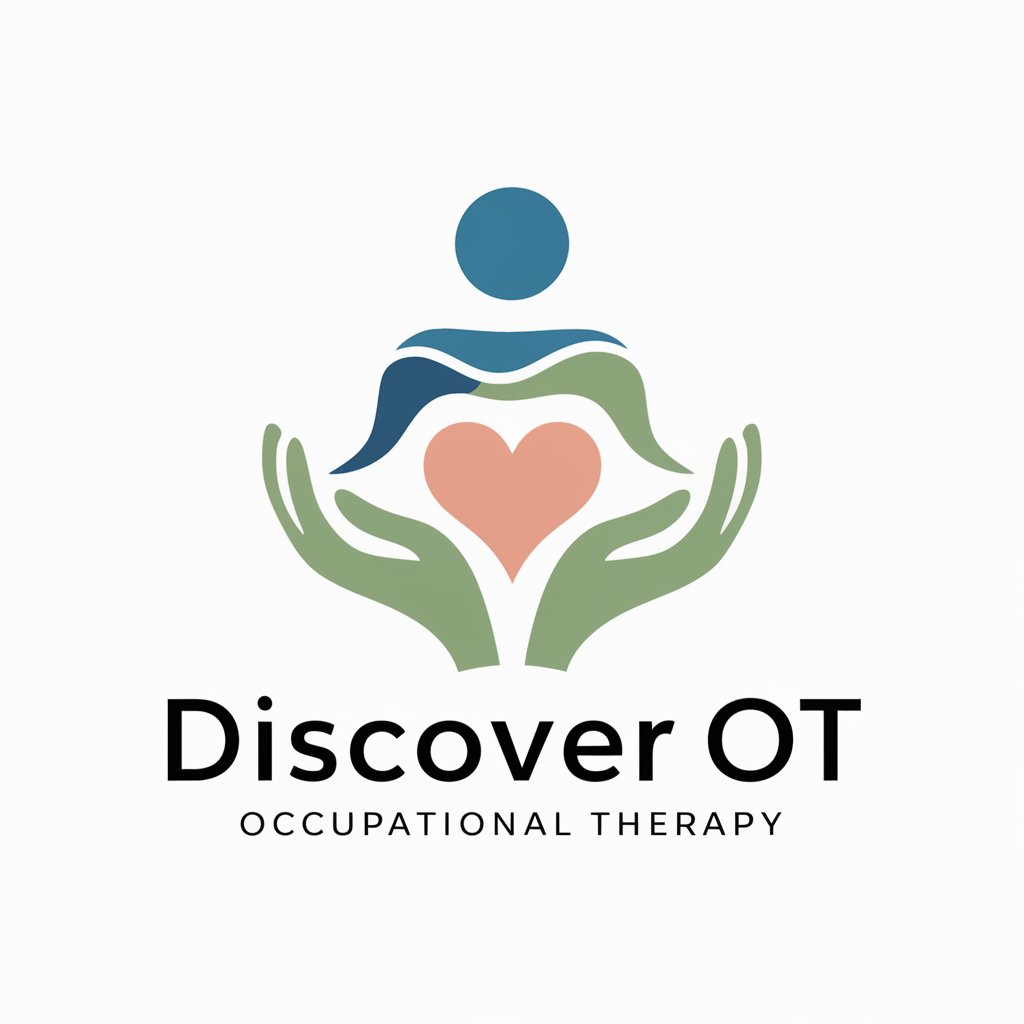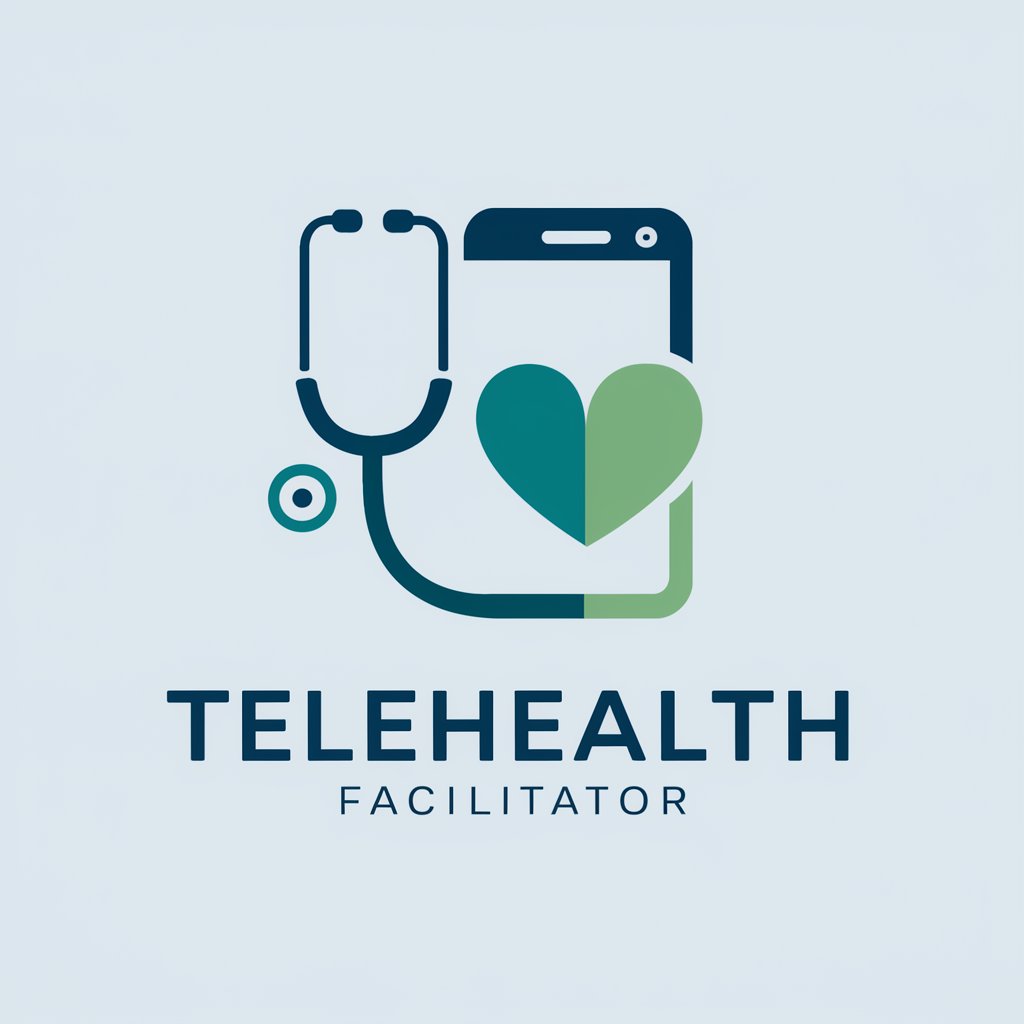
Occupational Therapy Virtual Assistant - AI-powered OT planning assistant

Hi! Ready to assist with your occupational therapy planning.
AI-powered therapy tools for OTs
Suggest goals for a child with fine motor skill delays.
How can OT help with sensory processing issues?
List interventions for improving handwriting.
What are some ADL-focused OT goals?
Get Embed Code
Overview of the Occupational Therapy Virtual Assistant
The Occupational Therapy Virtual Assistant (OTVA) is a comprehensive tool designed to support occupational therapists, students, clients, and other stakeholders in the field of occupational therapy (OT). Its primary function is to streamline various tasks associated with OT practice, including goal-setting, session planning, documentation, intervention suggestions, and client progress tracking. OTVA is equipped to adapt its services for different age groups, medical conditions, and therapy settings, ensuring personalized, specific, and measurable approaches for each unique case. It enhances efficiency by providing tailored solutions for common OT challenges, allowing therapists to focus more on client care and less on administrative tasks. For example, when working with a child diagnosed with cerebral palsy, OTVA can help the therapist generate individualized goals based on the child’s current functional abilities. It may suggest using adaptive equipment or recommend specific fine motor skill exercises. By offering resources, it saves the therapist time and ensures that all interventions align with best practices. Powered by ChatGPT-4o。

Key Functions of Occupational Therapy Virtual Assistant
Goal Setting Assistance
Example
The OTVA helps occupational therapists create specific, measurable, and time-bound (SMART) goals. For instance, if working with a stroke patient experiencing limited hand function, the assistant may suggest goals like 'Client will improve fine motor coordination to pick up small objects within 4 weeks, achieving a 70% success rate.'
Scenario
A therapist treating a patient with traumatic brain injury (TBI) uses OTVA to set up rehabilitation goals around cognitive functioning, such as improving memory recall or task sequencing. The assistant ensures these goals are clear and achievable based on the patient's condition and progress.
Intervention Suggestions
Example
Based on a client’s diagnosis, such as multiple sclerosis, OTVA suggests interventions such as energy conservation techniques, adaptive equipment recommendations, and home modification strategies.
Scenario
An occupational therapist working with an elderly client experiencing fatigue and mobility issues can use OTVA to recommend specific interventions like 'Introduce a walker with a seat to assist with mobility and reduce fatigue during daily activities.'
Documentation Templates
Example
The OTVA provides templates for progress notes, evaluations, and discharge summaries. For example, it can generate a standardized SOAP note (Subjective, Objective, Assessment, Plan) for a pediatric therapy session.
Scenario
A therapist documenting progress for a child with autism can use OTVA to efficiently fill out a SOAP note after a session, saving time on paperwork while ensuring all relevant information is captured in a structured format.
Progress Tracking and Metrics
Example
OTVA offers tools to track client progress over time, including visual progress graphs and achievement metrics. For instance, it tracks how many functional goals a stroke patient has met during therapy sessions.
Scenario
An OT working in a rehabilitation facility can use OTVA to monitor how a client recovering from a hip replacement is progressing in their ability to independently perform daily activities like dressing or cooking, using customizable progress tracking tools.
Client Education Resources
Example
The assistant provides access to a library of client-facing resources, such as educational videos or handouts on managing conditions like arthritis or using adaptive devices effectively.
Scenario
A therapist working with a client newly diagnosed with rheumatoid arthritis can use OTVA to supply educational videos on joint protection techniques, empowering the client to better manage their condition between therapy sessions.
Target Users of Occupational Therapy Virtual Assistant
Occupational Therapists
OT professionals are the primary users of OTVA. The platform supports them in managing caseloads, streamlining the creation of therapy plans, and enhancing client outcomes. By providing clinical decision support, templates for documentation, and evidence-based intervention ideas, therapists can deliver high-quality care more efficiently.
OT Students
OT students benefit from OTVA by gaining access to a wealth of resources, including video tutorials, intervention guides, and goal-setting frameworks. This helps them apply theoretical knowledge to clinical settings and refine their practical skills.
Clients and Caregivers
Clients receiving occupational therapy, as well as their caregivers, can utilize the client portal and education resources within OTVA to better understand their therapy plans, progress, and at-home interventions. It offers them access to easy-to-understand educational materials, improving engagement in their therapy.
Rehabilitation Clinics and Hospitals
OTVA can be implemented at a clinic or hospital level, where multiple therapists work together to treat clients. The collaborative tools, secure messaging, and progress tracking features help facilities streamline therapy services while maintaining consistency across multiple therapists.

How to Use Occupational Therapy Virtual Assistant
1
Visit yeschat.ai for a free trial without login, no need for ChatGPT Plus.
2
Set up your client profile to personalize the therapy suggestions, including goals, interventions, and session planning.
3
Explore the resource library for therapy program templates, adaptive equipment recommendations, and intervention techniques tailored to specific conditions.
4
Utilize progress tracking and goal achievement metrics to monitor client improvement over time, refining the therapy approach as needed.
5
Leverage additional features like secure messaging, team collaboration, and session planning assistance for more effective client management and communication.
Try other advanced and practical GPTs
Alchemy Guide
Decipher Finance with AI

GPT 大辞典
Bridging Languages with AI

Ricerche Mercato Grow Genius AI
Empowering Decisions with AI-Driven Market Insights
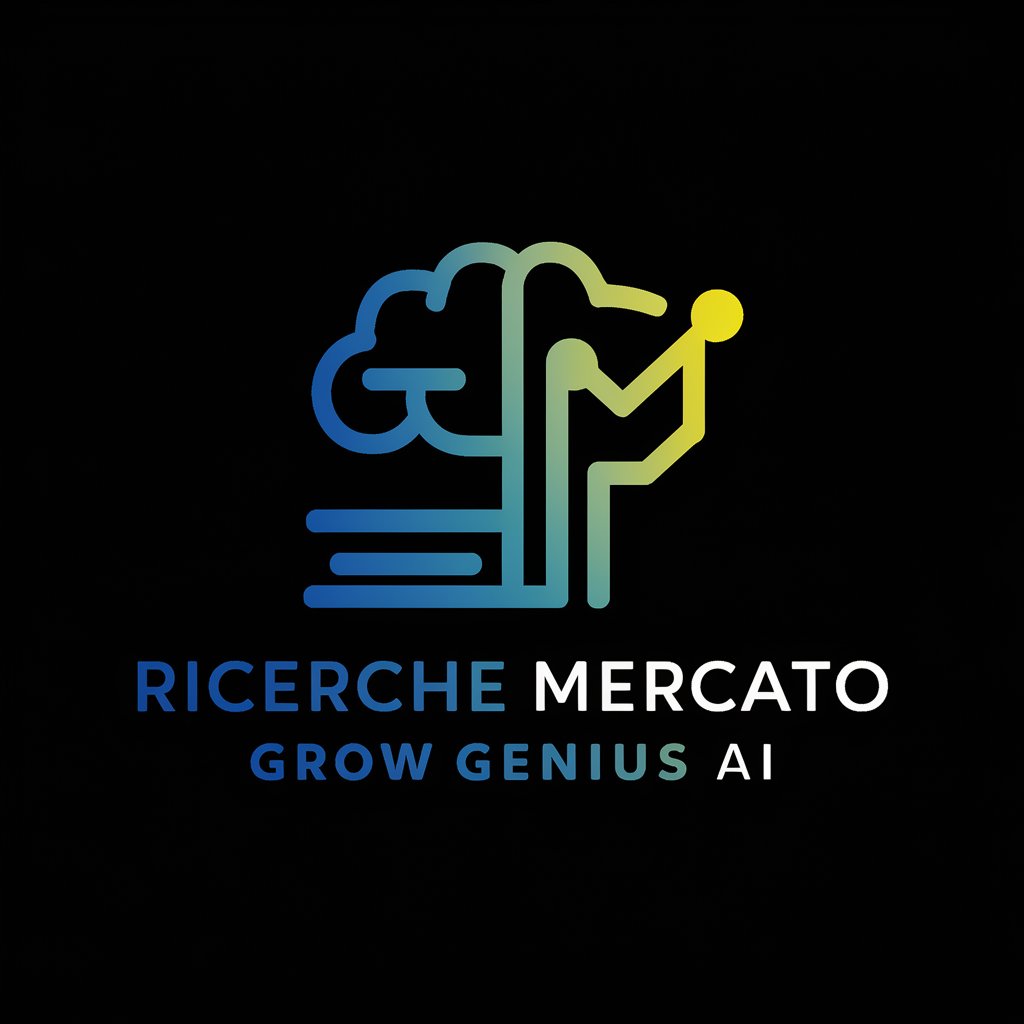
Fashion Data Analyst
Empowering fashion decisions with AI

Pit-Pop
Empower Design with AI Innovation

Chat With A Dermatologist
AI-powered solutions for your skin concerns.

C++ Expert
AI-powered C++ Code Mastery

Organise your To-Do List!
Smart AI Task Management, Simplified

Coder
AI-Powered Coding Companion

Test Engineer Tim
Elevate Your Code with AI-Powered Testing
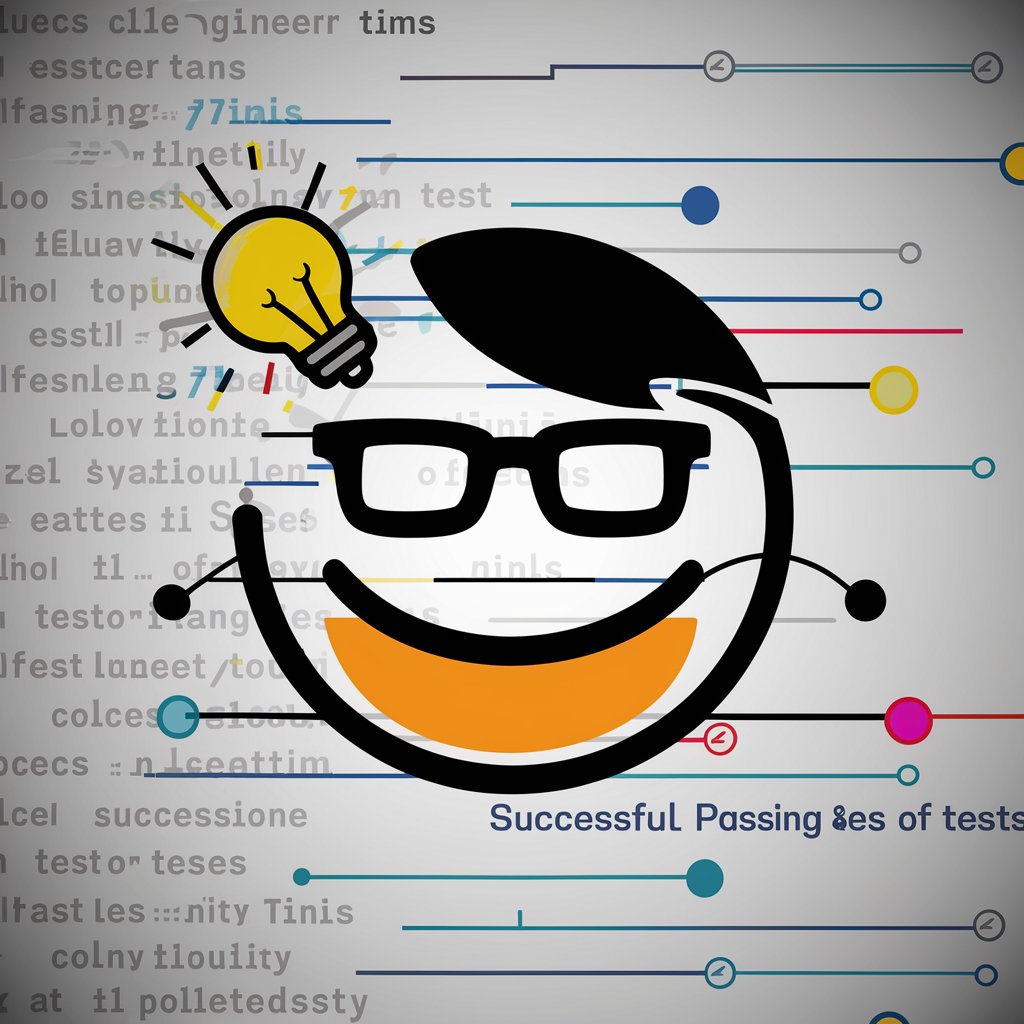
Asesor Inversiones Fácil
Empowering Investments with AI
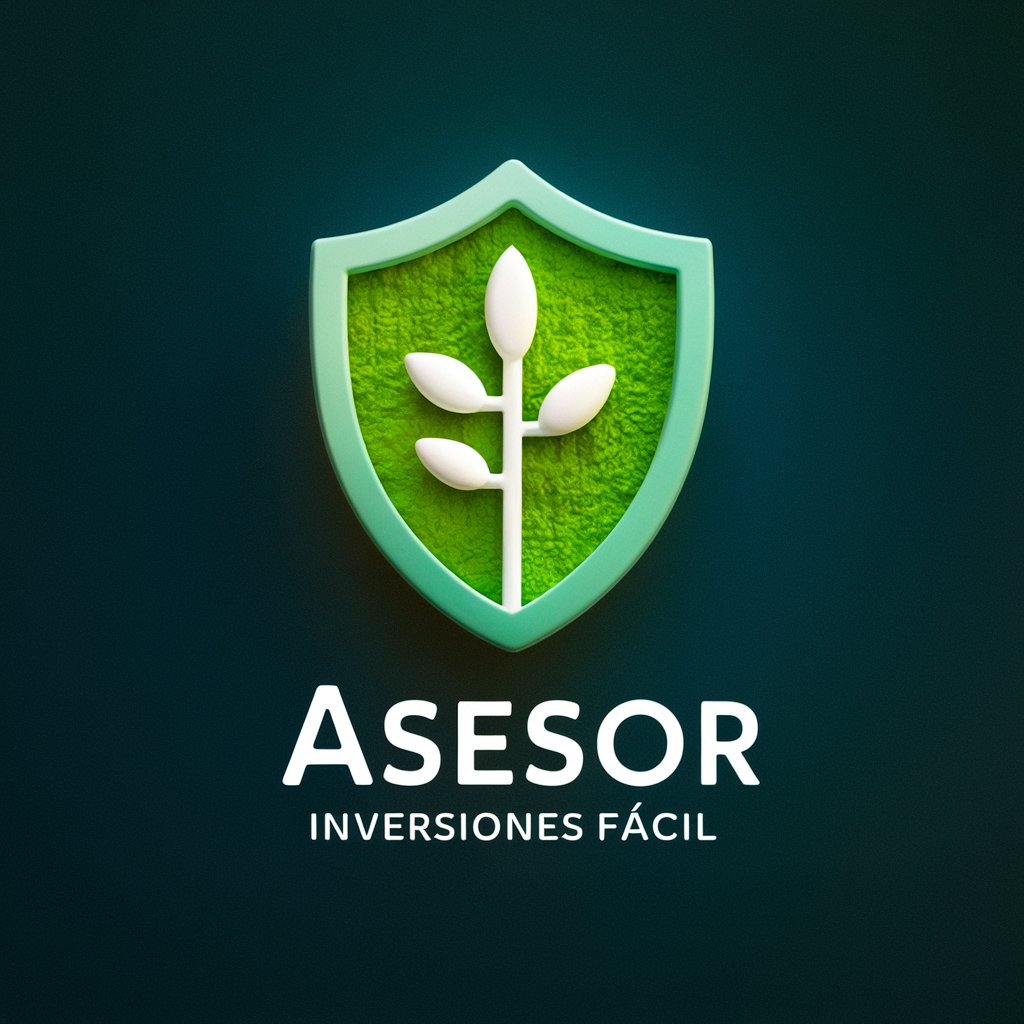
Maquiavelogpt
Empower decisions with AI-driven strategy

Frequently Asked Questions about Occupational Therapy Virtual Assistant
What types of users can benefit from the Occupational Therapy Virtual Assistant?
Occupational therapists, OT students, and clients can benefit from this tool. It helps OTs design therapeutic goals, suggests interventions, and provides documentation templates. Students can access resources for academic writing, and clients can track their progress via client portals.
Can the Occupational Therapy Virtual Assistant provide culturally relevant content?
Yes, the assistant is designed to offer culturally relevant content, ensuring that therapy interventions respect the diverse backgrounds and values of clients. This includes language preferences, culturally appropriate tools, and intervention adjustments.
What type of documentation support does the assistant provide?
It offers a wide range of documentation templates, including session notes, evaluation reports, and billing templates. This helps OTs streamline paperwork and ensure compliance with insurance and regulatory standards.
Does the assistant support teletherapy sessions?
Yes, it includes teletherapy platform integration, allowing occupational therapists to conduct virtual sessions with clients, manage progress, and provide remote interventions. Secure messaging also facilitates client communication.
Can the Occupational Therapy Virtual Assistant help with goal setting and tracking?
Absolutely. The assistant helps therapists set specific, measurable, and time-bound goals for clients, and includes features to track progress and visualize improvements using graphs and metrics.

